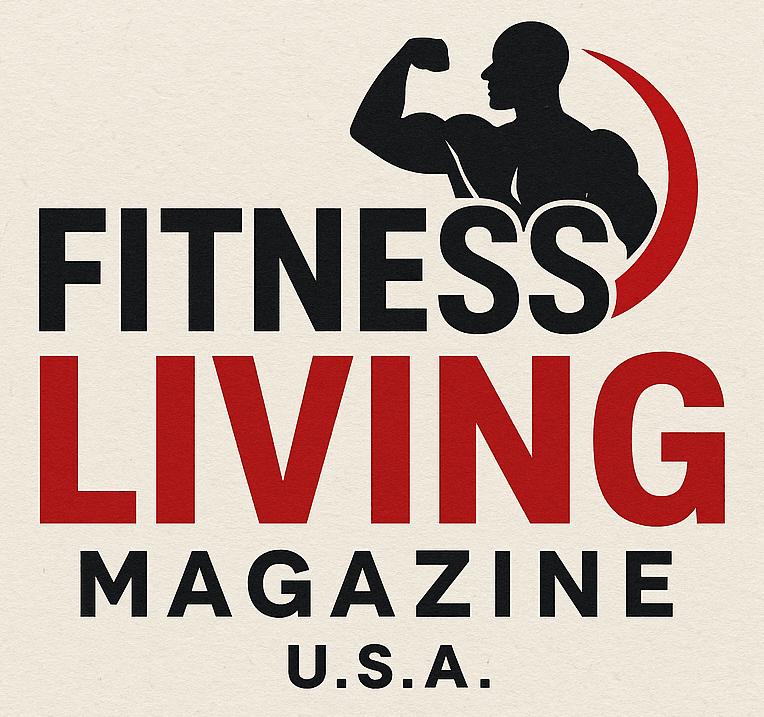
Embrace Movement: The Key to Slowing Aging
As we age, our bodies undergo various changes that can lead to stiffness, reduced mobility, and other health challenges. However, maintaining physical activity through targeted exercises can significantly combat these effects. In the video titled 5 Exercises That Actually FIGHT Aging (Backed by Science), the presenter outlines five foundational exercises that not only enhance physical strength but also support long-term health and vitality. These movements are essential for anyone looking to maintain their physical capabilities as they grow older.
In 5 Exercises That Actually FIGHT Aging (Backed by Science), the discussion dives into crucial movements that aid in slowing down the aging process, exploring key insights that sparked deeper analysis on our end.
The Foundational Squat: Building a Strong Base
The squat is often overlooked, but it is a cornerstone of fitness that supports essential functions in our daily lives. By engaging large muscle groups, squats build powerful legs and glutes – critical components for stability, mobility, and strength. The exercise also promotes healthy joint function in the knees and hips, stimulates bone density, and boosts metabolism, helping to manage weight as we age.
A proper squat involves standing shoulder-width apart, sitting back as if into a chair, and keeping your chest lifted. Essential tips include ensuring that your knees do not cave inwards and maintaining a straight back. For those starting out, using a chair can provide necessary support, while advanced practitioners can increase intensity by slowing the tempo.
Push-Ups: Strengthening the Upper Body
Another crucial exercise highlighted in the video is the push-up. This classic movement targets the chest, shoulders, and triceps, helping maintain upper body strength and muscle mass. Strength in these areas ensures joint stability, reduces wear and tear, and ways to support functional movements throughout the day.
When performing push-ups, it’s important to keep your body in a straight line from head to heels and to tuck your elbows slightly as you lower down. Beginners can modify the exercise by doing push-ups on their knees or using a wall. Progressing to decline push-ups can offer additional challenges for experienced individuals.
Jumping Jacks: Cardio with Benefits
Jumping jacks are not just nostalgic childhood exercises; they offer numerous health benefits, including improved cardiovascular strength, enhanced bone density, and even boosts in mood through endorphin release. This full-body exercise enhances coordination and provides a solid core workout. Focusing on smooth movements and adopting a light landing technique are vital for avoiding injuries.
For those needing a lower-impact alternative, stepping jacks can be effective, as they maintain the arm movement while reducing the impact on joints.
Functional Lunges: Avoiding Imbalance
Lunges effectively address balance and coordination issues vital for daily functionality. Exercises that strengthen one leg at a time significantly contribute to improving hip flexibility and reducing back tension that arises from prolonged sitting. Lunges help establish a strong foundation for confident movement, particularly as one ages.
To perform a proper lunge, step forward while ensuring your front knee does not extend past your toes. As with other exercises, individuals can add weights or try different variations to frame their comfort level and experience.
The Essential Plank: Core Stability for Life
Last but not least is the plank, which reigns supreme as a core stability exercise. It activates the deep core muscles that protect the spine, aids in maintaining good posture, and helps prevent back pain. This simple isometric hold requires practice for optimal execution and can significantly enhance shoulder stability while promoting overall body control.
Beginners can opt for modified planks on their knees, while more seasoned participants can challenge their stability by lifting one foot or gradually increasing hold times.
Conclusion: Stay Active, Defy Aging
These five exercises are more than just a workout regimen; they are pivotal to maintaining mobility and independence as one ages. Incorporating squats, push-ups, jumping jacks, lunges, and planks into a regular fitness routine can lead to significant improvements in strength, balance, and overall health.
Incorporating these movements is not merely a suggestion, but a proactive approach to combating the natural declines we face as we age. As a fitness trainer or gym owner, sharing these exercises with your clients can empower them to embrace movement and fight the effects of aging head-on.
If you're looking to enhance your training or fitness programs, consider integrating these scientifically backed exercises into your offerings. Staying strong and mobile is not just about the present—it's an investment in the future.
 Add Row
Add Row  Add
Add 



Write A Comment